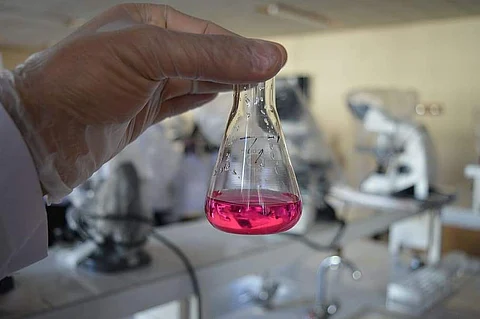

Chinese scientists identified bubbles from some hydrothermal vents in the western Pacific Ocean as supercritical carbon dioxide, and this is the first time that natural supercritical carbon dioxide has been discovered on Earth.
A team from the Institute of Oceanology of the Chinese Academy of Sciences (CAS) and the Center for Ocean Mega-Science of CAS discovered the natural supercritical carbon dioxide at the depth of 1,400 metres in seawater during an investigation conducted in 2016 through a homegrown deep-sea in situ Raman detection instrument.
"Supercritical carbon dioxide is widely used in our daily life and industries, like dry cleaning and petroleum solvents, but this is the first time that the natural presence of the supercritical carbon dioxide was discovered," said Zhang Xin, a researcher of the institute.
The fluids of supercritical carbon dioxide contain much larger amounts of nitrogen than those in surrounding seawater and vent fluids, indicating that supercritical carbon dioxide enriches nitrogen from the surrounding environment, Zhang said.
Scientists also found unknown organic materials in the fluids.
They suggested that supercritical carbon dioxide with high nitrogen could play a significant role in promoting the synthesis, pre-enrichment and preservation of amino acids and other organic matters that are essential to the origin of life.
A paper on the findings has been published on the online version of the journal Science Bulletin.
